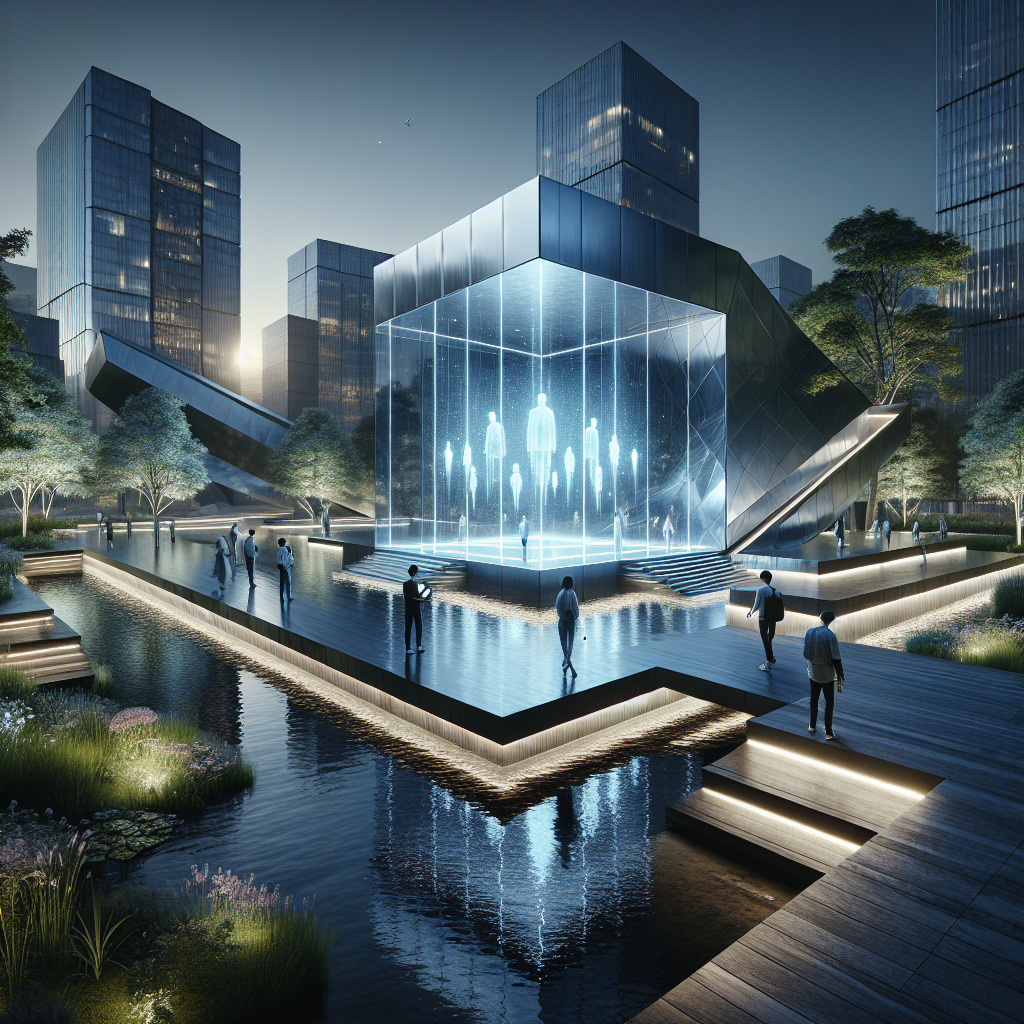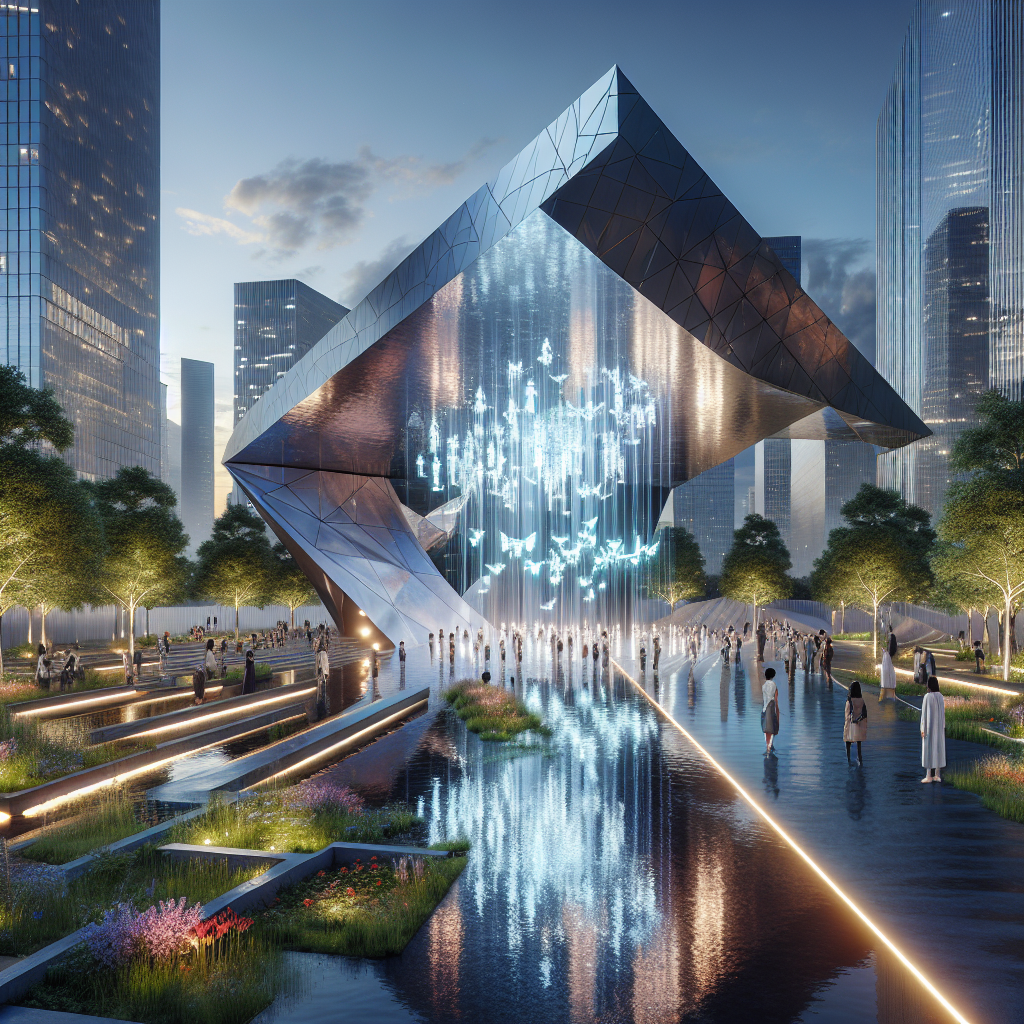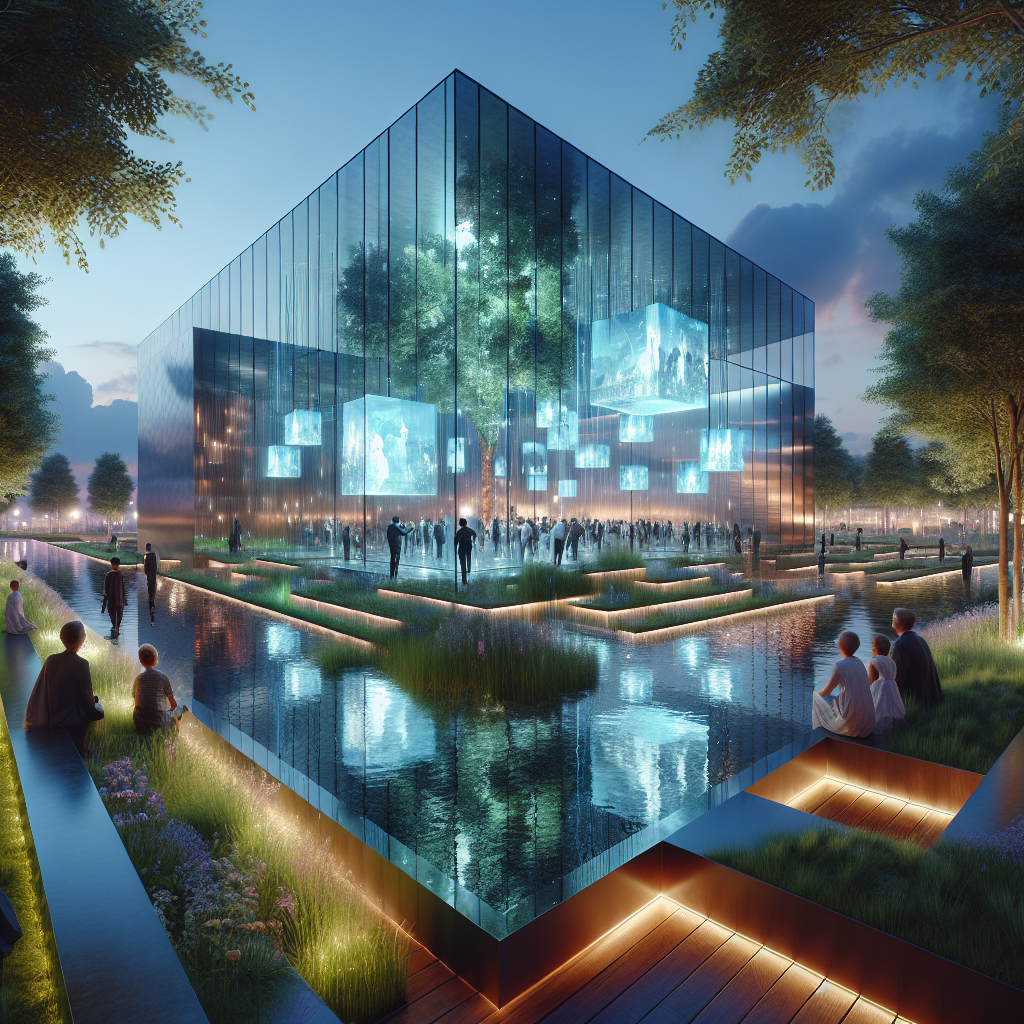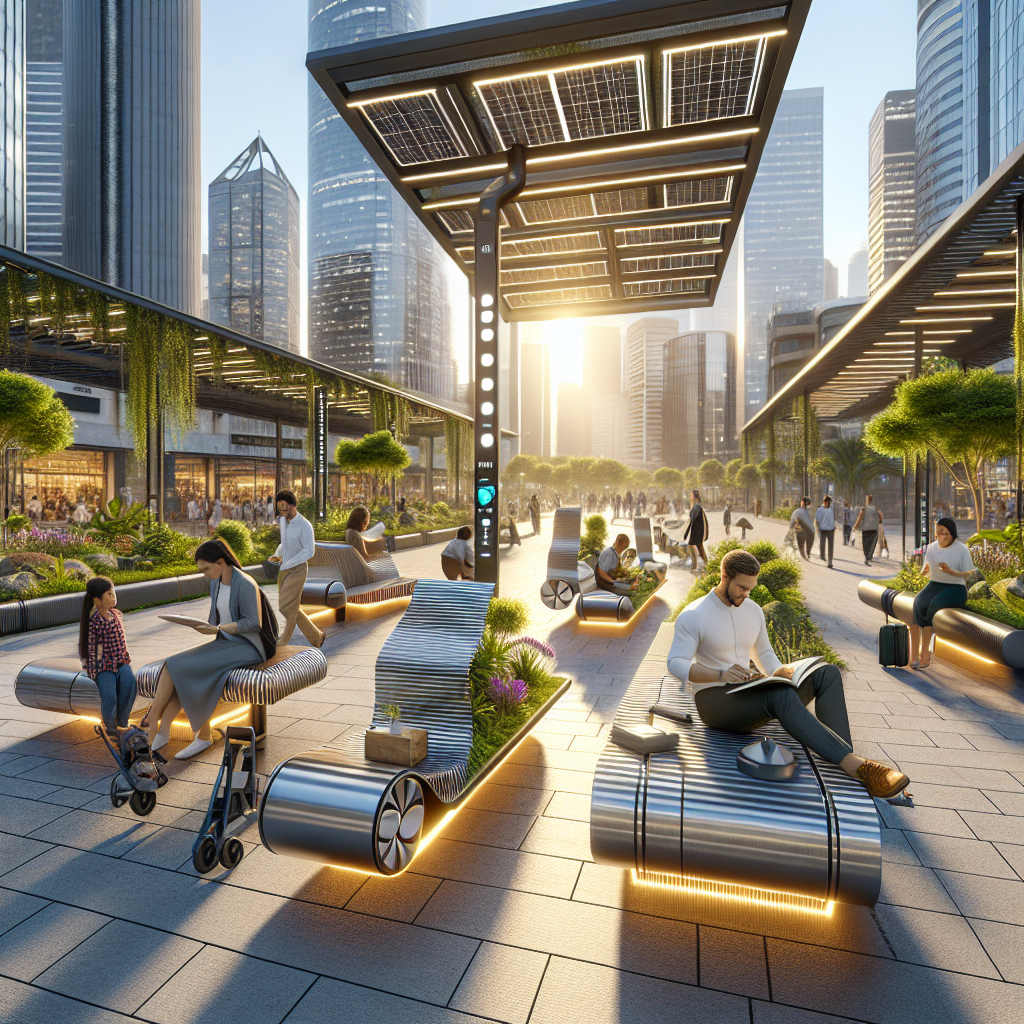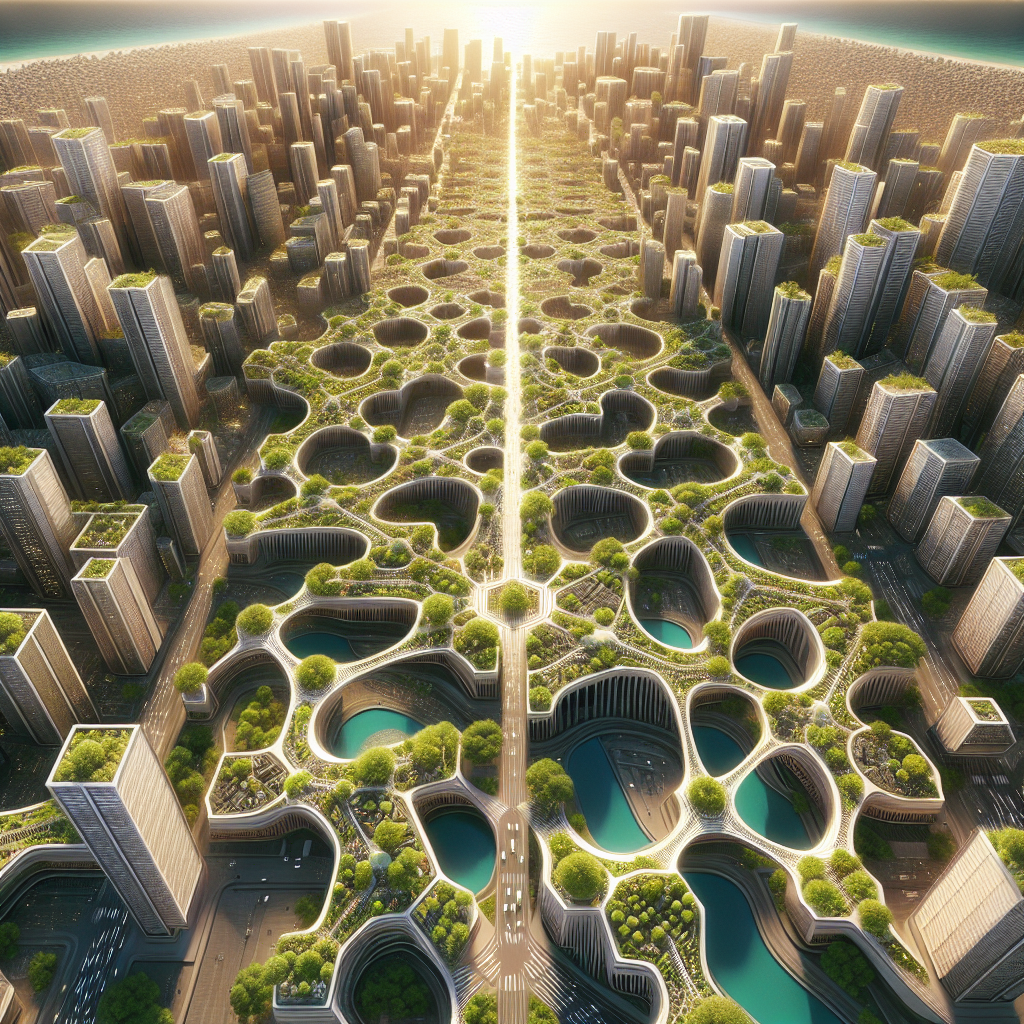Memorial architecture redefined: interactive installations telling personal stories

Memorial Architecture Redefined: Interactive Installations Telling Personal Stories
Memorial architecture has long served as a poignant testament to collective memory, capturing significant historical events and commemorating those who have passed. Yet, as society evolves, so too does our approach to memorialization. Today, architects and designers are redefining memorial spaces, transforming them from static monuments into immersive, interactive installations that resonate deeply on a personal level. These innovative spaces invite visitors not merely to observe, but to actively engage, reflect, and connect with individual narratives, fostering empathy and understanding in profound new ways.
The Evolution of Memorial Architecture
Historically, memorial architecture was often monumental, solemn, and static—think of the imposing stone obelisks, statues, and plaques that populate our cities. These structures were designed to inspire awe and reverence, yet their impersonal nature sometimes created emotional distance. However, contemporary designers are increasingly embracing technology and interactive elements to craft memorials that are both emotionally resonant and personally meaningful.
Incorporating digital technologies such as augmented reality (AR), virtual reality (VR), and interactive media, these new memorials allow visitors to experience stories intimately, forging connections that traditional monuments rarely achieve. This shift aligns with broader trends in architecture and design, where technology profoundly influences the built environment, as explored in our recent article on the impact of technology on futuristic city design in Blade Runner 2049.
Interactive Installations: Bridging Personal and Collective Memory
Interactive memorial installations have emerged as powerful platforms for storytelling, where individual experiences intertwine with collective history. One notable example is the National September 11 Memorial & Museum in New York City. Beyond its reflective pools, the museum features interactive exhibits where visitors can listen to recorded personal accounts, view intimate artifacts, and even contribute their own memories. This personal engagement transforms the memorial experience from passive observation to active participation, creating a deeper emotional resonance.
Similarly, the Vietnam Veterans Memorial in Washington, D.C., initially groundbreaking for its minimalist design, has evolved through digital extensions. Interactive kiosks and online databases now allow visitors to access personal stories of fallen soldiers, fostering a profound sense of connection and empathy.
Case Study: The Interactive Holocaust Memorial in Amsterdam
In Amsterdam, the Interactive Holocaust Memorial exemplifies how technology can redefine memorial architecture. Designed by renowned architect Daniel Libeskind, the memorial incorporates augmented reality to vividly bring personal histories to life. Visitors, equipped with AR headsets, navigate through minimalist spaces where holographic images and audio narratives share poignant stories of Holocaust survivors and victims. This immersive approach not only educates but also emotionally engages visitors, ensuring these individual stories endure in collective memory.
The design of the memorial itself is strikingly contemporary, featuring angular, reflective surfaces that symbolize fragmentation and loss. The interplay of light and shadow within the space creates a dynamic, ever-changing environment, enhancing the emotional impact of the narratives presented. This integration of technology and thoughtful architectural design demonstrates the potential of interactive memorials to resonate deeply with visitors, fostering empathy and understanding.
Designing for Emotional Engagement
Central to the success of interactive memorial installations is their ability to evoke emotional responses. Designers increasingly leverage principles of biophilic design—connecting architecture with nature—to enhance emotional engagement and well-being. As explored in our article on biophilic design and its impact on human health, incorporating natural elements such as water, greenery, and natural light can profoundly influence visitors’ emotional experiences.
For instance, the Memorial to the Victims of Violence in Mexico City integrates lush gardens and tranquil water features alongside interactive digital installations. Visitors can explore personal narratives through touch-sensitive screens embedded within natural settings, creating a serene yet emotionally charged environment. This thoughtful combination of nature and technology encourages contemplation and emotional connection, redefining traditional memorial experiences.
Future Trends: Sustainability and Personalization
Looking ahead, sustainability and personalization are poised to become increasingly central to memorial architecture. As architects and designers strive for environmentally responsible solutions, sustainable materials and construction methods are gaining prominence. The rise of timber in high-rise construction, as detailed in our exploration of wooden skyscrapers, illustrates this trend. Memorials constructed from sustainable materials not only minimize environmental impact but also symbolize renewal and resilience.
Moreover, personalization through digital technologies allows memorials to evolve continuously, adapting to new stories and perspectives. Interactive installations can incorporate user-generated content, enabling visitors to contribute their own narratives and reflections. This dynamic approach ensures memorials remain relevant and resonant for future generations, fostering ongoing dialogue and collective memory.
Critical Reflections: Balancing Technology and Authenticity
While interactive memorial installations offer profound opportunities for emotional engagement, designers must carefully balance technological innovation with authenticity and sensitivity. Over-reliance on digital elements risks overshadowing the solemnity and gravity inherent in memorial spaces. Successful designs thoughtfully integrate technology, ensuring it enhances rather than detracts from the emotional experience.
Critically acclaimed installations, such as the Hiroshima Peace Memorial Museum’s digital storytelling exhibits, demonstrate this delicate balance. Here, subtle interactive elements complement powerful physical artifacts, creating a harmonious narrative experience. Designers must remain mindful of this balance, ensuring technology serves to deepen emotional connections rather than merely entertain.
Conclusion: Memorial Architecture as Living Memory
Interactive memorial installations represent a significant evolution in memorial architecture, transforming static monuments into dynamic spaces of personal storytelling and emotional engagement. By thoughtfully integrating technology, biophilic design principles, and sustainable practices, architects and designers are redefining how we commemorate and connect with history.
As memorial architecture continues to evolve, these interactive installations promise to foster deeper empathy, understanding, and collective memory, ensuring personal stories endure vividly for generations to come. Ultimately, memorial architecture is no longer merely about remembering the past—it is about actively engaging with it, shaping our collective future through shared narratives and experiences.
For further exploration of interactive installations and their impact on design, visit our feature on interactive installations engaging people with art and design.
To delve deeper into the historical context of memorial design, consider exploring Wikipedia’s comprehensive overview of memorials, or examine how digital storytelling is transforming cultural institutions through digital storytelling techniques. Additionally, understanding the principles of biophilic design can offer valuable insights into creating emotionally resonant spaces.
